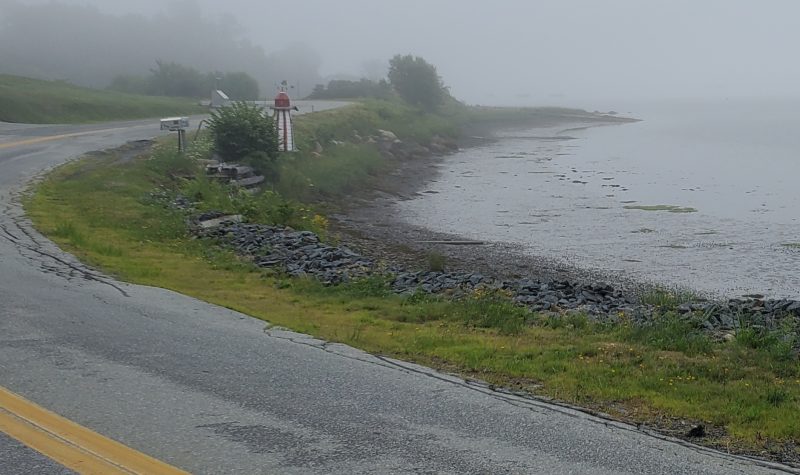Nova Scotians got a look at how climate change will impact the province into the year 2100 as government released the latest projections and risk assessment Tuesday.
The report, titled Weathering What's Ahead: Climate Change Risk and Nova Scotia's Well-being, shows that Nova Scotia is getting warmer and precipitation patterns are changing and if further action is not taken Nova Scotians will experience more frequent and intense storms, sea level rise and changing oceans.
It says if global greenhouse gas emissions are not cut significantly projections indicate by 2100 Nova Scotia can expect:
- An increase of 4.8 degrees Celsius in the average annual temperature
- Many more nights that are warmer than 18 C - in the range of 45, compared with about three currently
- A 10 per cent increase in annual precipitation
- Higher peak wind speeds by 3.7 to seven kilometres per hour
- Sea level rise by up to one metre
- An increase in the sea surface temperature by 5.1 degrees
In a release, Minister of Environment and Climate Change Timothy Halman says "it's important to understand where and how we are vulnerable so we can all take action.”
In addition to identifying areas of concern, the climate change risk assessment established priorities for action in Nova Scotia including:
- Building capacity to prepare for multiple hazards that interact and evolve over time
- Acting on flooding and increased heat-related hazards
- Protecting people's well-being and recognizing the links between people and the environment
- Regularly updating the risk to the province
The climate change risk assessment helped inform the province’s climate plan, which will be released Wednesday, Dec. 7.
E-mail: edhalversonnews@gmail.com
Twitter: @edwardhalverson
To listen to the broadcast of this story, press play below.


